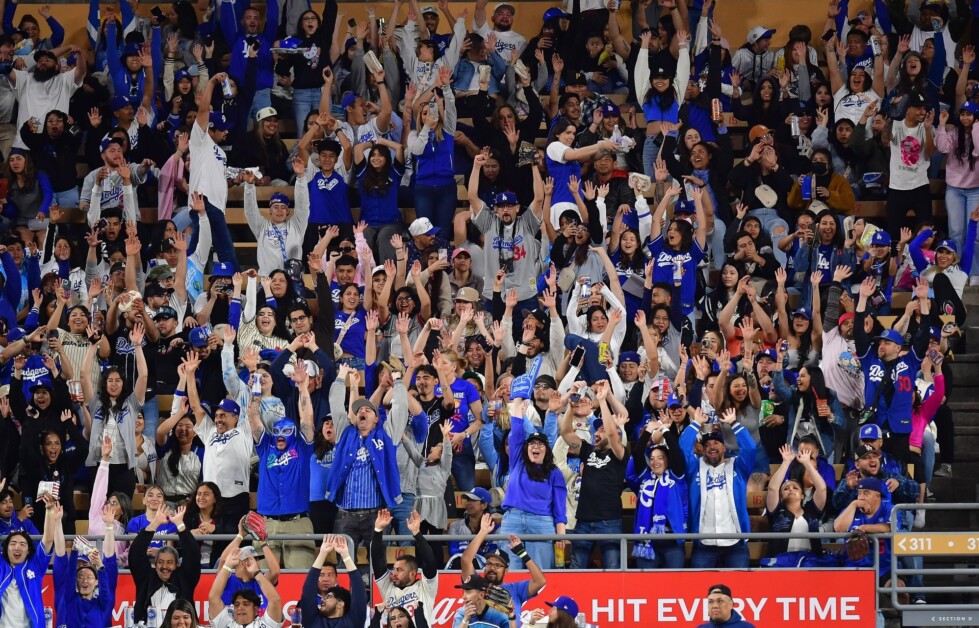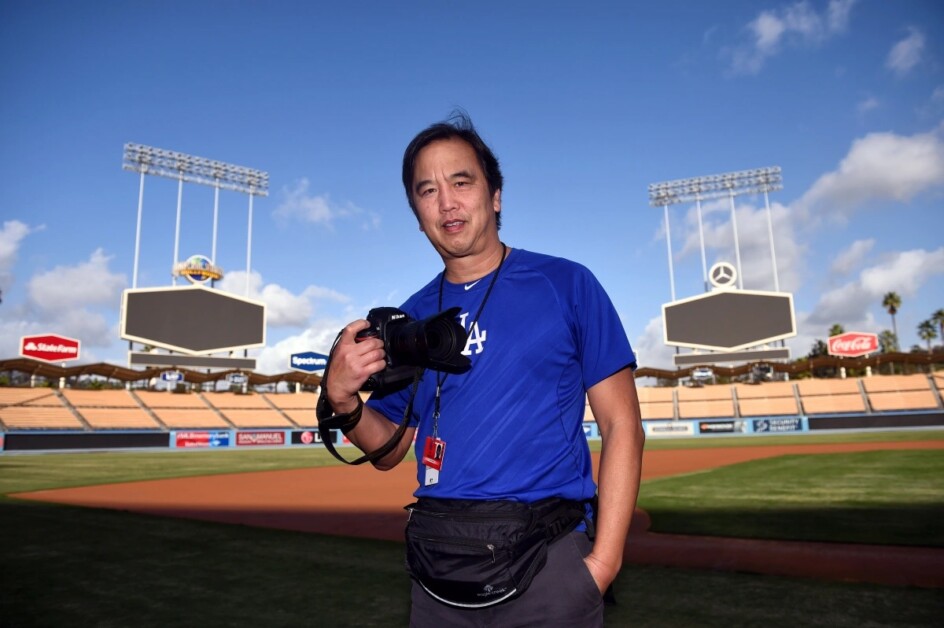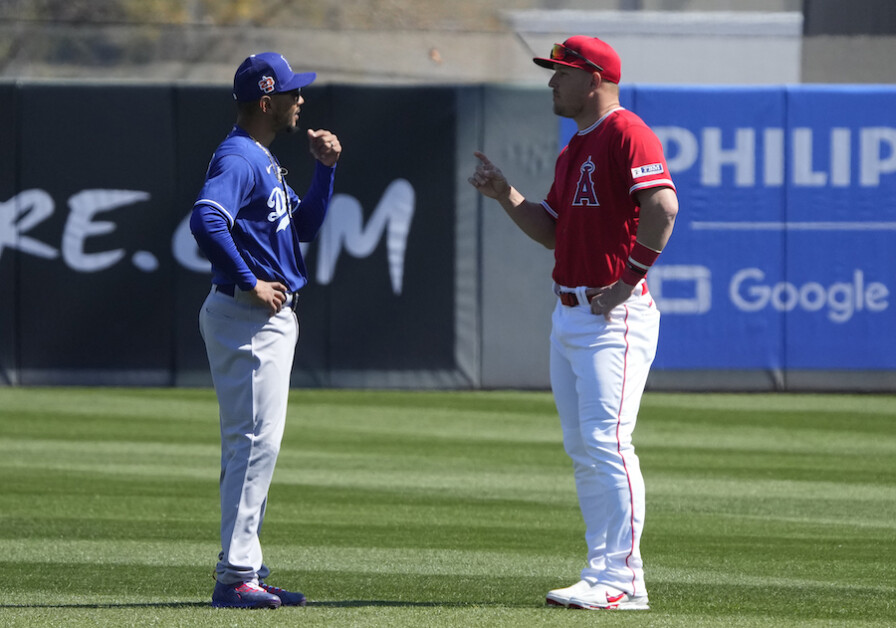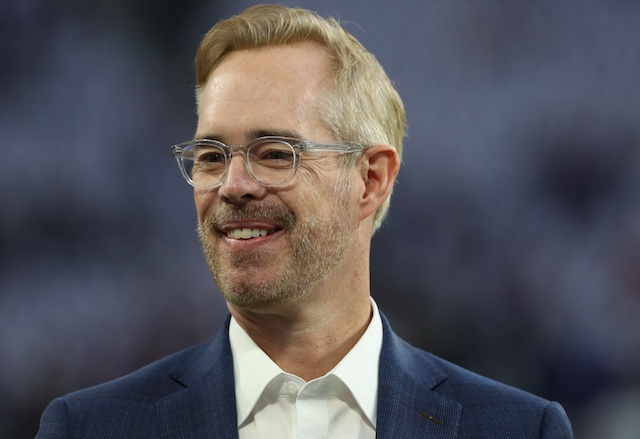The 2024 Major League Baseball season recorded increases in fan attendance, domestic and international viewership, streaming, and engagement.
The season recorded the largest attendance in seven years (2017) with a total of 71,348,366 fans, a 1% increase over last year’s total. The growth marks the first time MLB attendance has registered back-to-back gains in 12 years (since 2011-2012).
“The increased enthusiasm baseball fans of all ages have shown the last two seasons is evident in all of the ways we track fan engagement,” MLB commissioner Rob Manfred said in a statement.
“Building off last year’s momentum, the 2024 season was memorable with historic performances, emerging young stars, a series of successful special events, and tight pennant races. We thank all the fans for their outstanding support and look forward to an exciting Postseason.”
Since the institution of the new pace-of-play and more rules, MLB attendance has grown by nearly 6.8 million, marking an 11% increase since 2022. In addition, 24 teams (80% of MLB) have increased their average attendance since the adoption of the new rules.
Shorter game times have driven increases in weekday attendance as fans seemingly have been able to get home earlier on traditional work and school nights. Weekday average attendance has increased by 13% since the 2022 season, prior to the new rules being implemented.
The average time of game during the 2024 season was two hours and 36 minutes, the shortest average in 40 years (1984; two hours, 35 minutes).
Stolen bases also increased to 3,617, the most in 109 years (1915) and the third-highest total in any Major League season since 1900. It ranks behind 1914 (4,574 stolen bases) and 1915 (4,108).
A highlight of the season took place from June 14-16, when MLB drew its best-attended weekend in 16 years (August 2008) for both total attendance (1,688,731) and average attendance (37,527). In addition, MLB recorded its highest attendance in September in 13 years.
MLB viewership increases
MLB’s national television partners enjoyed a successful season with increases in television viewership and younger fans. The league’s TV partners registered double-digit growth in the adult 18-34 category, including ESPN’s “Sunday Night Baseball” (+12%), FS1 (+24%) and MLB Network (+36%). In addition, Fox registered a 9% increase in the 18-34 demographic.
“Sunday Night Baseball” on ESPN had its most-watched season in five years (2019) with an average audience of 1,505,000 viewers, a 6% increase over last year.
Fox’s audience was consistent with last year’s average as the network attracted an average of 1,879,000, up slightly from 1,875,000 in 2023.
Meanwhile, MLB games on FS1 enjoyed a 9% increase. With an average audience of 375,000, MLB on TBS early primetime games increased viewership 2% when compared to last season.
Viewership for MLB Network Showcase games increased 11% versus last year with an average of 231,000. That’s despite MLB Network’s broadcasts not being shown in the home market of the participating clubs.
Despite challenges to the regional sports network system impacting numerous sports, MLB games distributed locally continue to perform exceedingly well versus its competition in their respective markets.
Ratings for MLB games in primetime rank first locally on cable in 20 of the 25 (80%) U.S. markets that host teams. Ratings for games in primetime ranked first locally on all networks in 14 of the 25 (56%) U.S. markets with a club.
MLB.TV set a new high of 14.5 billion minutes watched, a jump of 14% over last year’s previous high mark of 12.7 billion minutes watched.
The 28 most-watched days in MLB.TV history have occurred in the last two seasons since the implementation of the new rules, with 19 of those days taking place in 2024. In addition, seven of the 10 most-watched days ever on MLB.TV occurred during the 2024 season.
MLB growing game among youth
In addition to registering double-digit increases on its national TV audiences in the 18-34 category, younger fans are increasingly engaging in baseball in other ways.
The percentage of ticket buyers ages 18-35 has jumped 8.5% in the last five years (since 2019) and the median age of ticket purchasers has decreased five years since 2019, from 51 to 46.
The average age of newly created accounts in MLB’s fan database has also decreased by more than seven years since 2019 from 43.4 to 36.2, which includes those who have at least one digital engagement over the past year, whether watching an MLB.TV stream, ticket purchase/scan, MLB Shop purchases, or more.
According to SFIA, baseball participation is at nearly 16.7 million in the United States, the highest officially recorded level since their survey of more than 120 sports began in 2008. Casual participation in baseball is at more than 8.9 million participants – also an all-time high and an increase of +108% since the launch of MLB’s Play Ball program.
Baseball has the highest participation numbers among boys ages 6-12. Baseball and softball, combined, also had the highest participation among boys and girls ages 6-12.
MLB social media
MLB social media platforms all registered double digit growth over the previous season including Instagram (28%); Twitter, now called X (69%); Facebook (17%) and YouTube (33%).
In the 24 hours surrounding Shohei Ohtani entering the 50/50 club, MLB posts generated 98.4 million impressions on X alone. Sept. 19 represented MLB’s biggest day in its Twitter/X history and included the account’s top two posts of all-time focused around Ohtani’s 50/50 accomplishment and his 6-for-6 performance against the Miami Marlins.
MLB international viewership
MLB’s international viewership increased during a season where the league played regular season games in South Korea, Mexico City and London. Global viewership increased 18% versus last season with double-digit growth in Asia (32%) and Latin America (16%).
With the outstanding play of Ohtani, Shota Imanaga and Yoshinobu Yamamoto generating excitement, NHK in Japan is on pace to register its fourth-straight viewership gain (since 2021) with an average audience of nearly 2.2 million viewers.
Make sure to follow Dodger Blue on Instagram! It’s the best way to see exclusive coverage from games and events, get your questions answered, and more!








